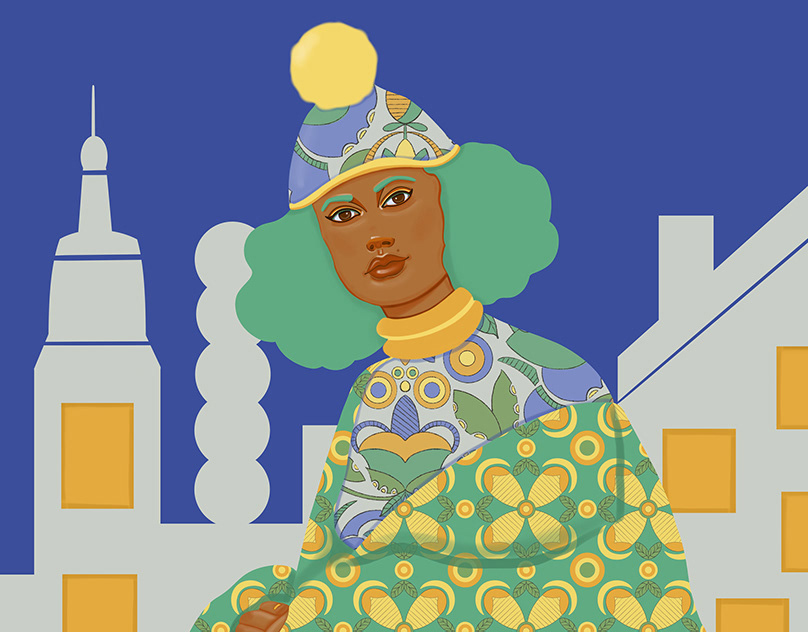
URPFLANZE I. | METAMORPHOSIS OF PLANTS
• editorial design
The project is based on the concept of the Urpflanze, Johann Wolfgang von Goethe’s imaginary primordial plant. According to Goethe, all plant forms originate from the structure of the Urpflanze, which consists of a few elements that are infinitely repeated. It was during his travels in Italy that Goethe discovered the repetition of patterns in the structure of plants and that behind the infinite variation there is a single and primordial element. The Urpflanze is interpreted as both the ancestral form of plants from which all existing plants are derived, and a pattern that contains the 'plantness of plants', a basic structure offering the possibility of creating new plants.
The focus is on the unfolding formation, on the study of the repeating structures and patterns of the plant kingdom: observing the morphology of plants and the repeating, systematic patterns that appear in them.
The aim of the project is firstly to sensitise one’s vision to the patterns that make up not only the plant world, with an emphasis on the relation between the micro- and the macrocosmos. Secondly, to develop a system of patterns based on organic elements that help notice and contemplate the patterns of nature. The infinite variation of natural images, and the creation of new patterns, also help us to see that the serial repetition of a unit always implies change and always leads to different results. The new patterns, like Goethe’s Urpflanze, carry the trace of the steps of the pattern’s formation - the pattern’s unfolding can be traced throughout the sequence, revealing the steps of its metamorphosis all at once.
I developed a generative process based on experimental photography to create images of modular plants. The fictional plants, the primordial plants of the future were collected in an experimental book.
The book's structure is also reminiscent of a plant: the cover is also its spine, its stem, from which two tendrils can be unfolded with branched particles at the end. Similar to Goethe’s primordial plant, the tendrils are made up of uniform particles (folded squares) which unfold one by one. The folded squares showcase the patterns of the plant's metamorphosis and some thoughts on the subject.
The book's structure is also reminiscent of a plant: the cover is also its spine, its stem, from which two tendrils can be unfolded with branched particles at the end. Similar to Goethe’s primordial plant, the tendrils are made up of uniform particles (folded squares) which unfold one by one. The folded squares showcase the patterns of the plant's metamorphosis and some thoughts on the subject.
This sequence of uniform particles reflects the continuity between the parts, or sequential arrangement of particles, where each new part shows an evolution of the form. Each particle carries a trace of the previous one, it presupposes and anticipates the upcoming one. The two tendrils of the publication can be rotated, with text and images on both sides, so that the publication has no specific front or back. It is up to the viewer or reader to decide how and in what order to discover the contents of the publication.
This project was featured in:
• Applied Arts Student Awards as Winner in the Design category: [link]
Project consultants: Antal Lakner, Beáta Sosity
Photography: Anna Szilágyi

















Project featured in Slanted Magazine #42—Books




The book was showcased at the Leipzig Book Fair in Germany in 2023, together with other book designs created at the Graphic Design Department of Moholy-Nagy University of Art and Design.






